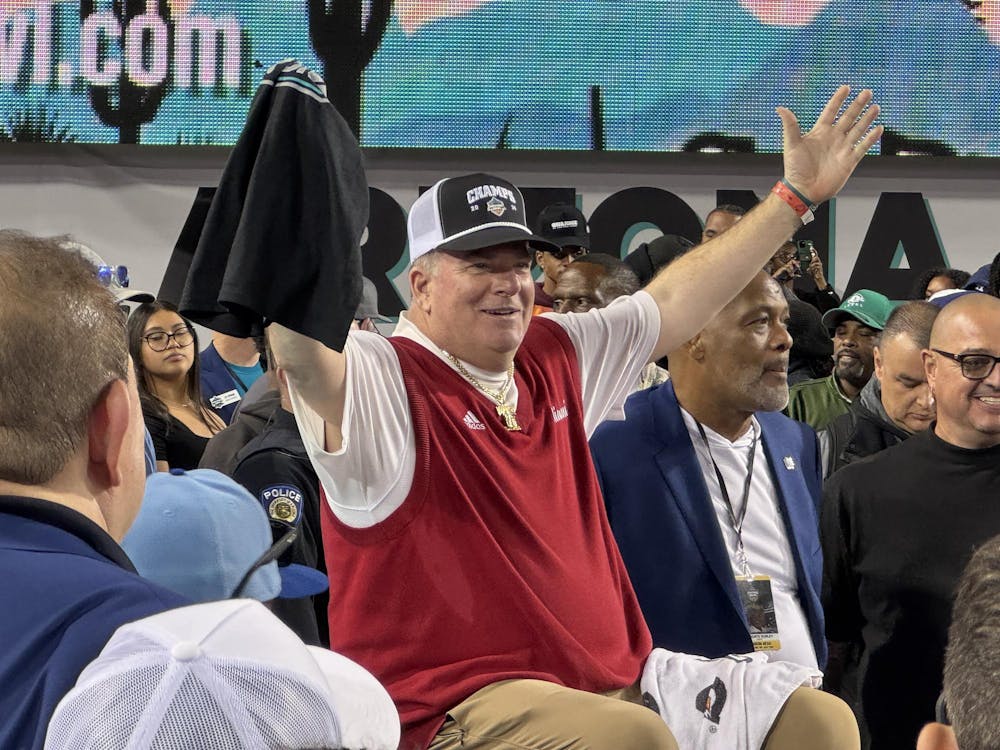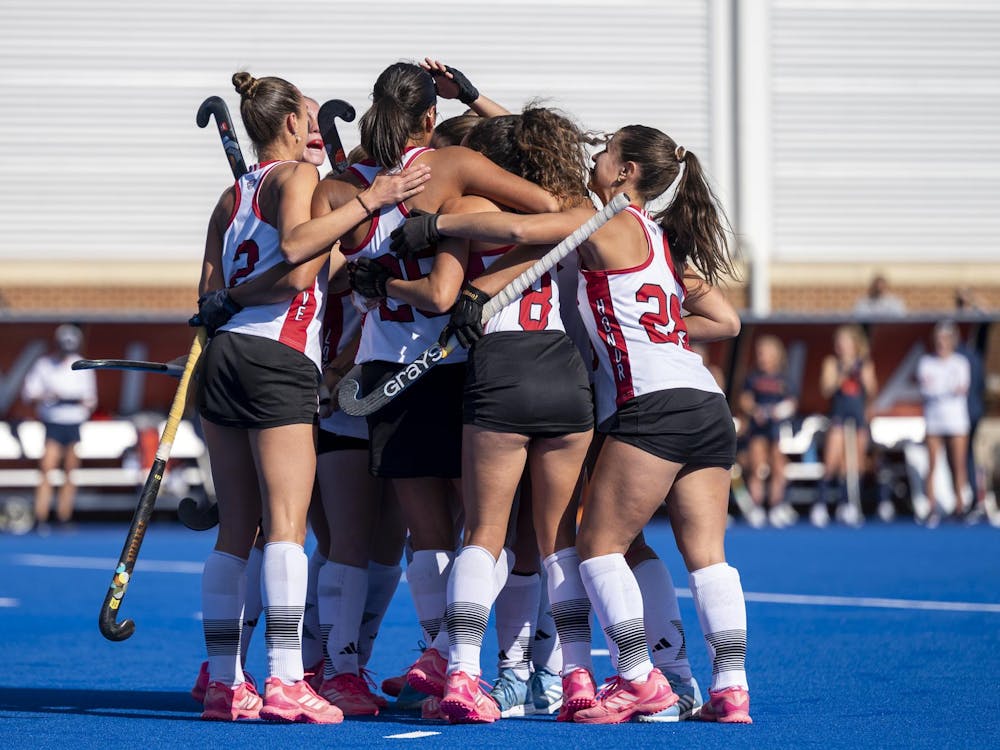There is nothing quite like playing hockey in the ACHA.
The American Collegiate Hockey Association (ACHA) has become a major player within the college sports landscape. Established in 1991, the ACHA has grown to include more than 450 teams competing across three men’s divisions and two women’s divisions. The first women’s division started play in the 2000-2001 season, with a second division created in 2006.
Miami University’s Division I women’s ACHA program got its start in the spring of 2010. Since its inception, the team has enjoyed massive success, winning ACHA national titles in 2014, 2016 and 2017.
For many players, the option to play club hockey at a larger school such as Miami is more appealing than going to a small, NCAA Division III institution and playing varsity. As intended by the ACHA’s charter members, the league has become a legitimate non-varsity alternative for skilled hockey players to continue playing at the collegiate level.
“I didn’t know if I wanted to go [Division III] or club,” first-year forward Emma Heinig said. “Ultimately, I decided that I didn’t want to go to a small school, so I just decided to come here, and it’s been a lot of fun.”
In addition to the pull of going to a larger, more well-known university, choosing the club hockey route also has the added benefit of being a lesser time commitment than playing at an NCAA school.
“It’s a good alternative for really high level players who maybe are a little burned out or want to emphasize a little more of the academic side,” head coach Eddie Ingersoll said. “Rather than going to an NCAA school and practicing five days a week and working out five days a week, we only have three mandatory practice/workouts a week. It’s a little bit of a better option for people who still want to take hockey seriously, but don’t want to dedicate as much time to it.”
Ingersoll is joined behind the bench by assistant coach Bailey Brekke. The pair find themselves in the interesting position of coaching a team of students while also attending Miami, as Brekke is currently a graduate student and Ingersoll is finishing his last semester of undergrad with the intention to begin graduate school at Miami in the fall.
“Being a young coach has been fun,” Brekke said. “I think at times it’s definitely interesting, but I think it gives me a unique perspective having been a player a few years back, being able to put myself in their shoes is really easy and it’s easy to connect with them, so I think that helps a lot too.”
Brekke grew up in Oxford and played NCAA Division I hockey at Dartmouth. She’s the daughter of Brent Brekke, who served on the coaching staff for Miami’s NCAA Division I men’s program from 2008-2018 and is currently the head coach at St. Lawrence University.
Ingersoll also grew up in Oxford. He played a year of club hockey at Augustana College before coming to Miami and starting to coach youth hockey.
This was the first season with the women’s club program for both Ingersoll and Brekke. As coaches, they are responsible for running practices, making lineup decisions and managing games from behind the bench. However, they do not handle any of the off-ice work required throughout the season such as booking hotels and making travel arrangements. Those responsibilities fall to the team officers.
Enjoy what you're reading?
Signup for our newsletter
As a club sport, the team is an entirely student-led organization. Consequently, the officers play a vital role in maintaining the success of the program.
“It’s really nice having the officers, and they are so devoted to the team which is awesome,” Brekke said. “To be able to have not only the leaders from the captain standpoint, but also the officers who really take pride in the team … being able to be a student-athlete and then also taking on those roles and responsibilities I think is crucial.”
Most recently, the RedHawks posted an impressive 2022-2023 campaign, reaching the quarterfinals of the national tournament after gathering a 16-8-1-2 record. The team fell by a score of 3-1 to top-ranked Liberty University, which would go on to win its fifth straight national title.
Miami’s record was particularly impressive given the youth on their roster, which included only three seniors. Their biggest win of the season came against Arizona State in the national tournament, a 3-2 upset which sent them to the quarterfinals game against Liberty.
With such a young group, the RedHawks expect to improve next season and hope to return to the national tournament.
“Our team didn’t really have many graduates,” first-year forward Cailin Schwarzer said, “so I feel like we are going to be just as good next year, if not better, just because we’ve all been playing with each other this past year.”
Regardless of the team’s performance, the members of Miami’s women’s club hockey program are continuing to compete in the sport that they love.




